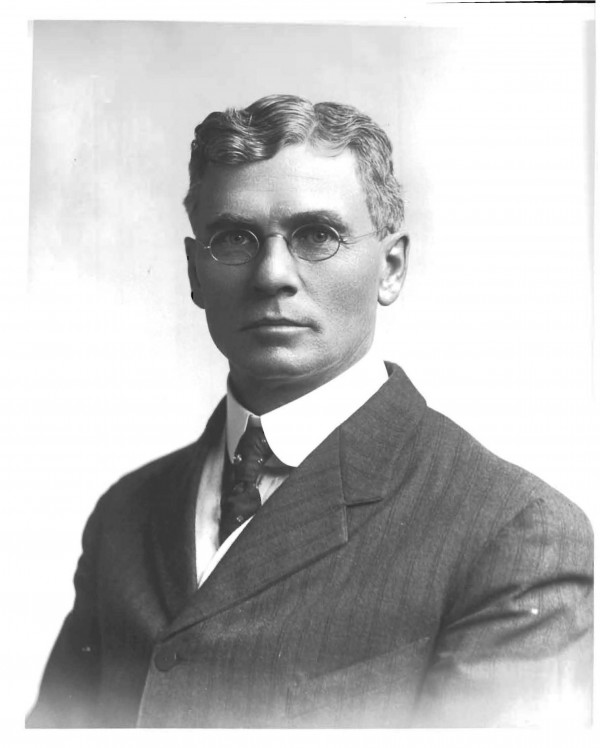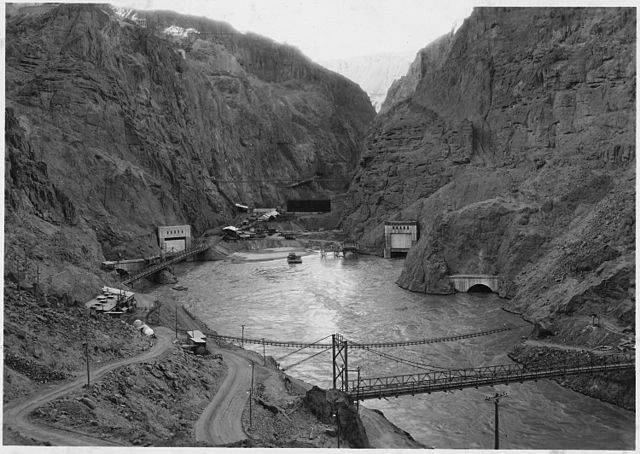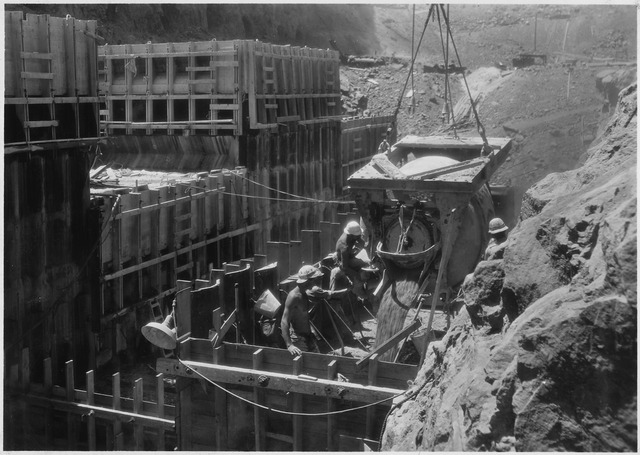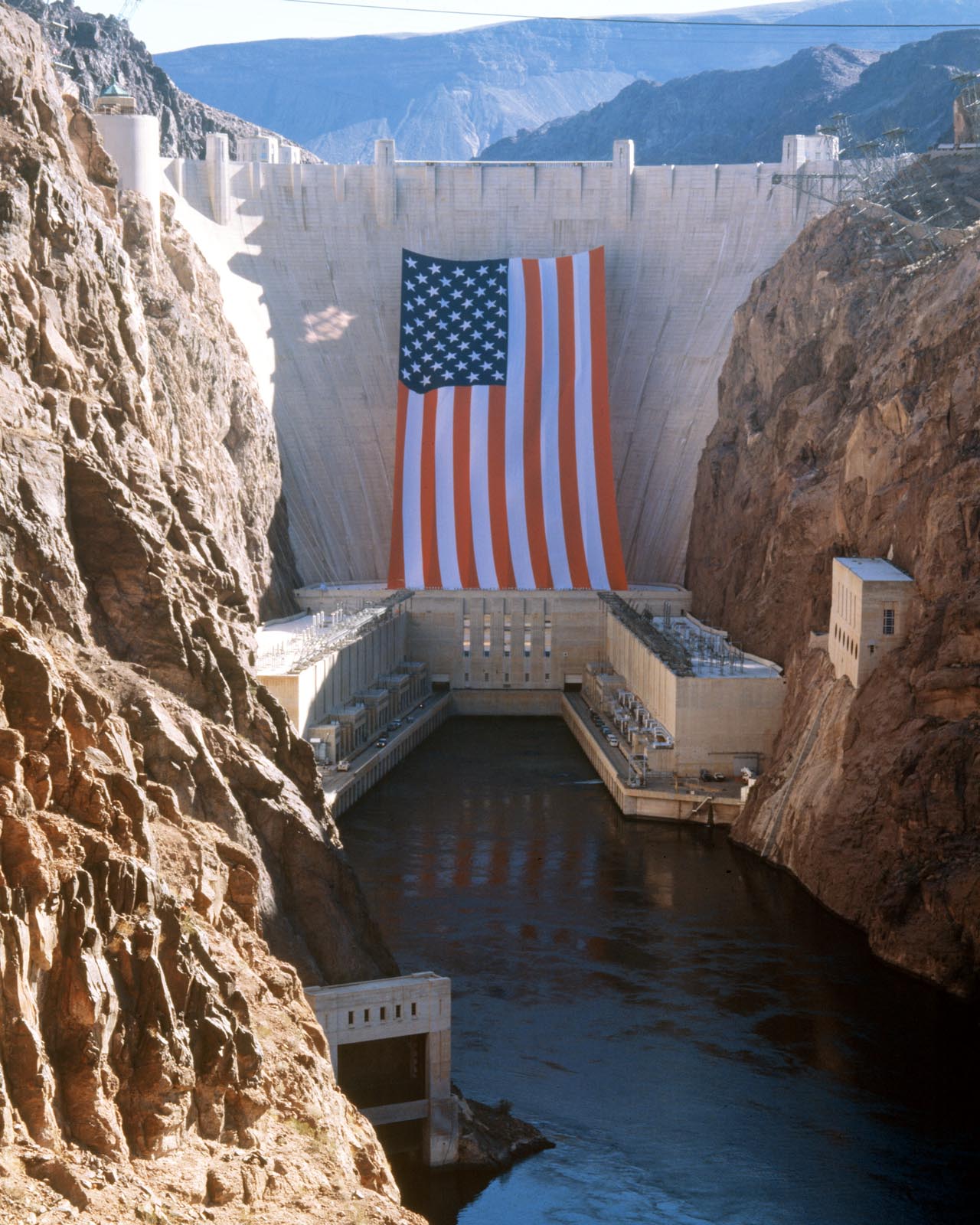
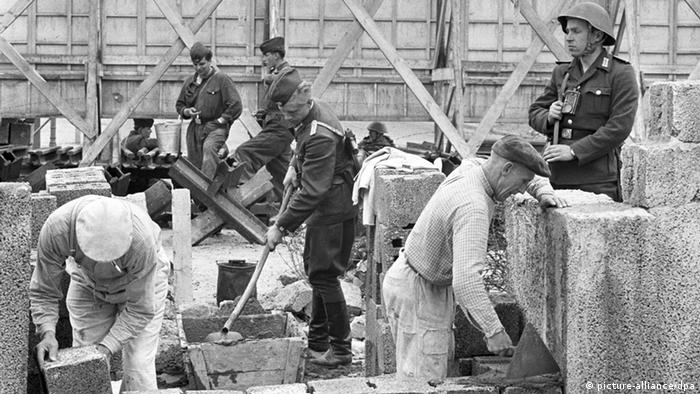
Shortly after midnight on this day in 1961, East German soldiers begin laying
down barbed wire and bricks as a barrier between Soviet-controlled East
Berlin and the democratic western section of the city.
After World War II, defeated Germany was divided into Soviet, American,
British and French zones of occupation. The city of Berlin, though technically
part of the Soviet zone, was also split, with the Soviets taking the eastern part
of the city. After a massive Allied airlift in June 1948 foiled a Soviet attempt to blockade West Berlin, the eastern section was drawn even more tightly into
the Soviet fold. Over the next 12 years, cut off from its western counterpart
and basically reduced to a Soviet satellite, East Germany saw between 2.5
million and 3 million of its citizens head to West Germany in search of better opportunities. By 1961, some 1,000 East Germans—including many skilled
laborers, professionals and intellectuals—were leaving every day.


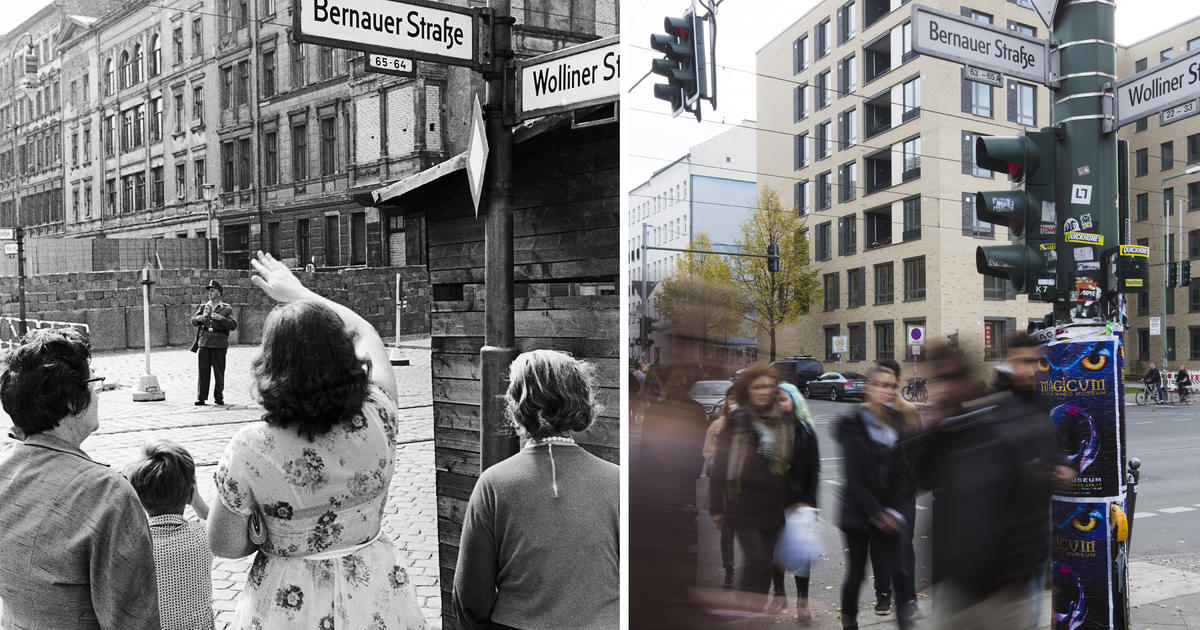






:no_upscale()/cdn.vox-cdn.com/uploads/chorus_asset/file/3686502/washingtonmonumentcapstone.jpg)


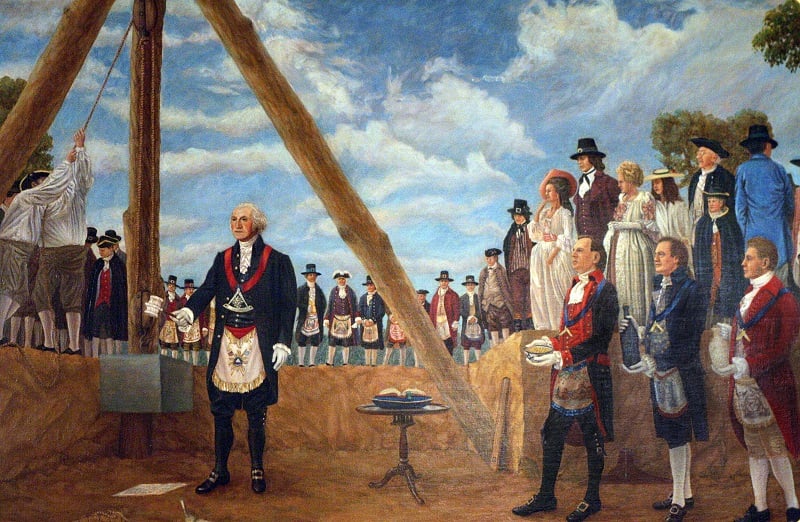



:max_bytes(150000):strip_icc()/white-house-97765250-5c237b5446e0fb00011cc493.jpg)


